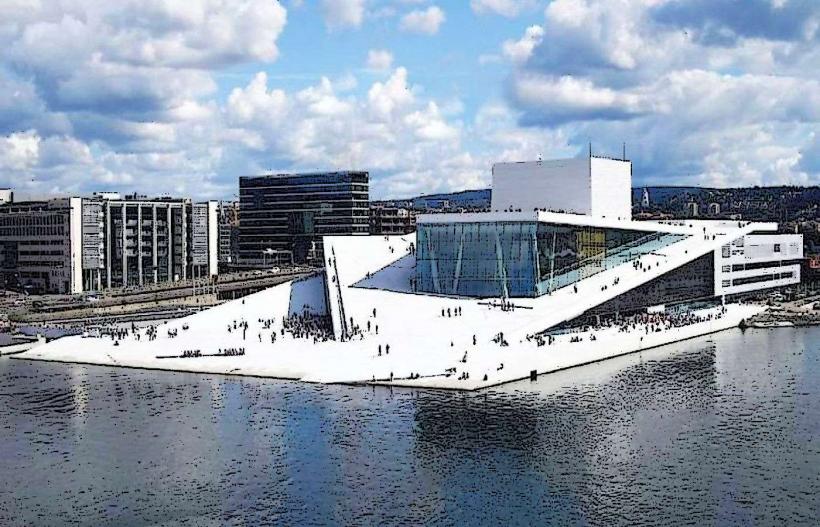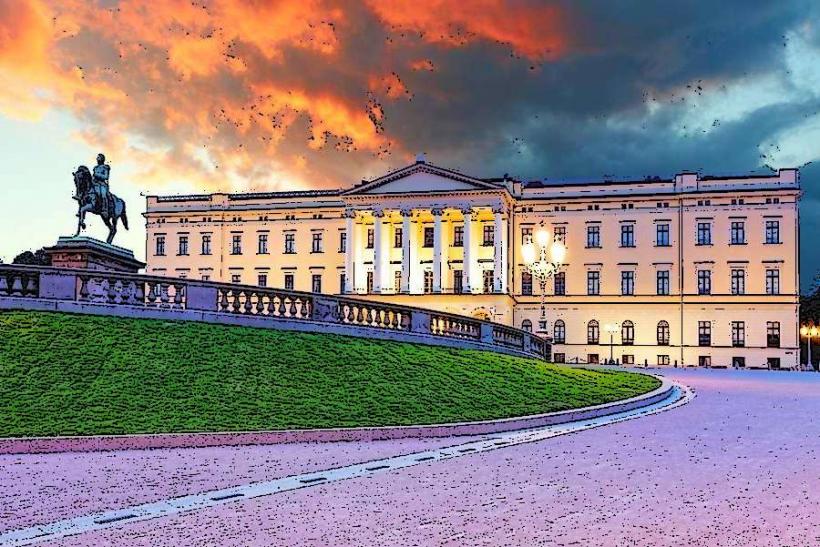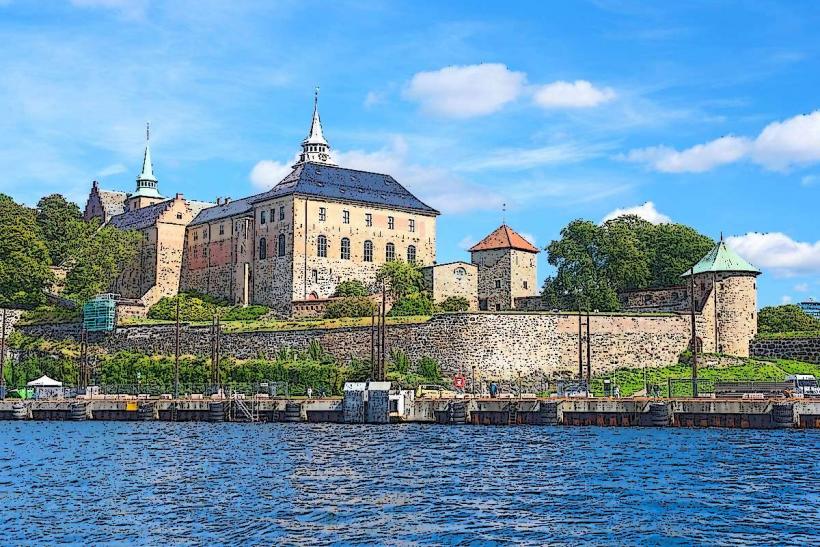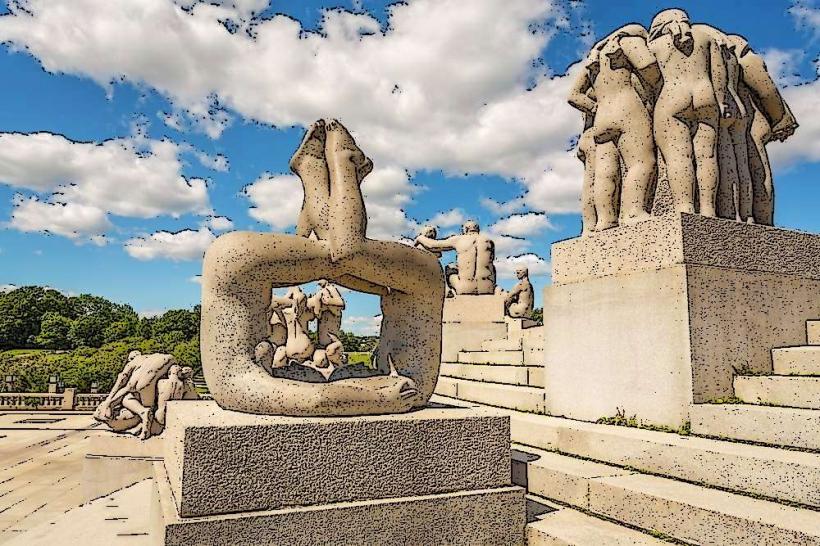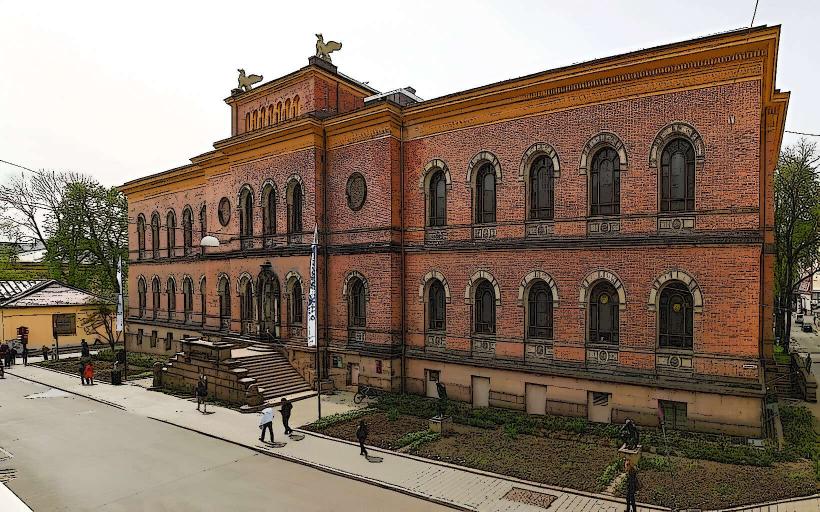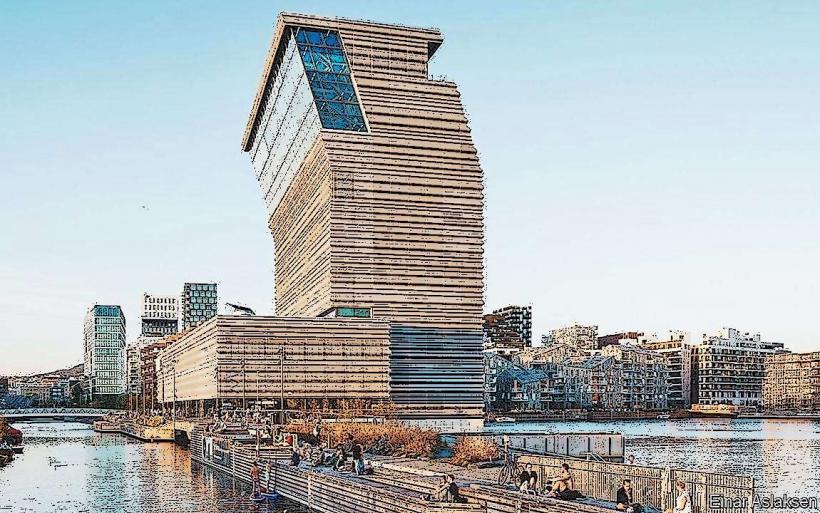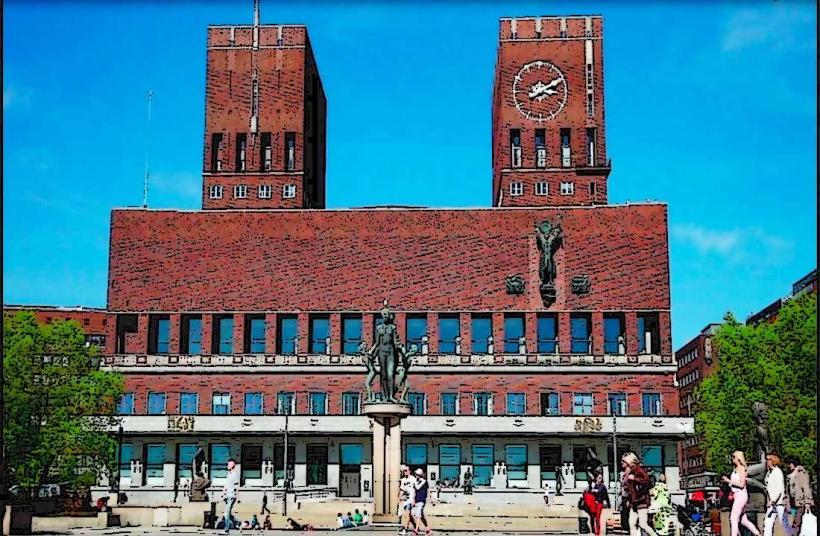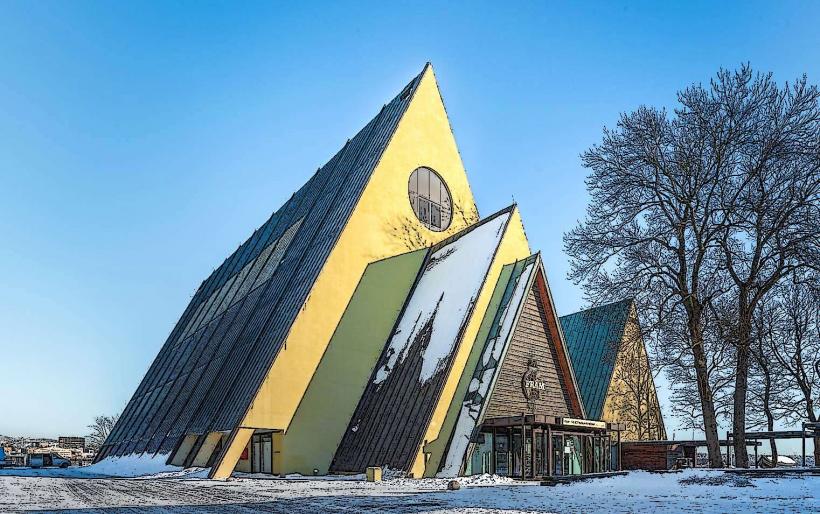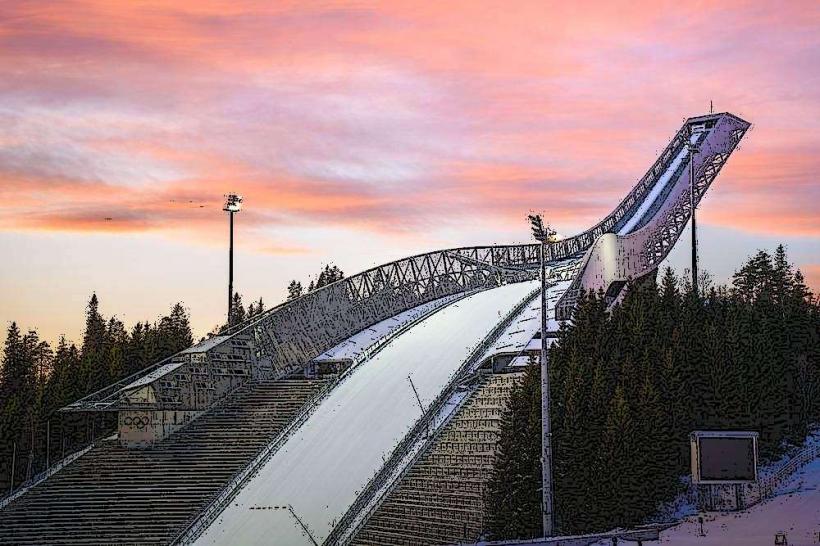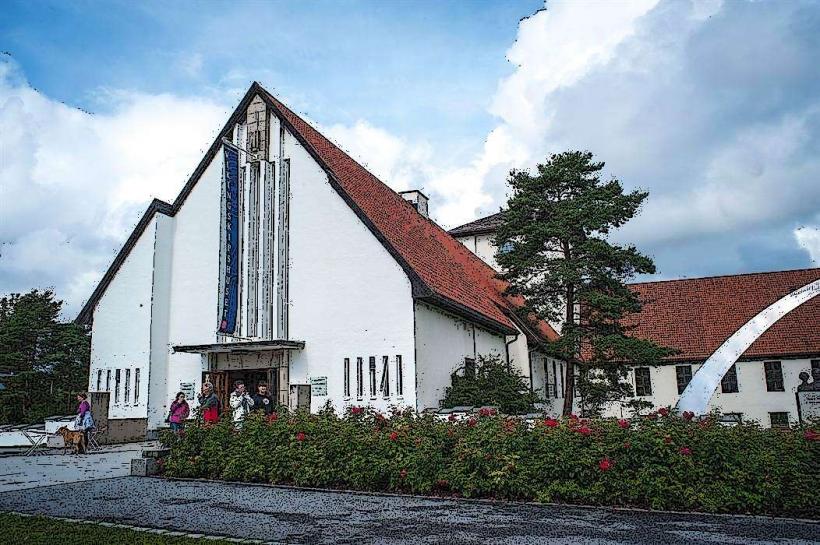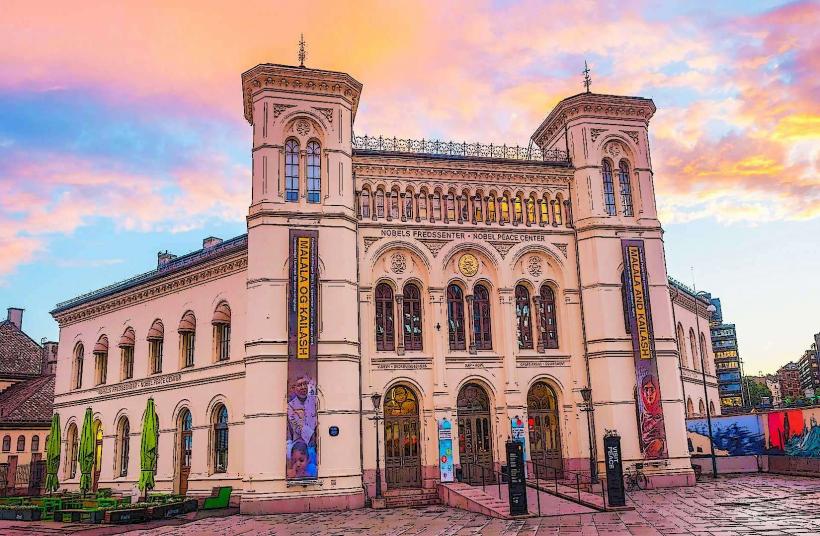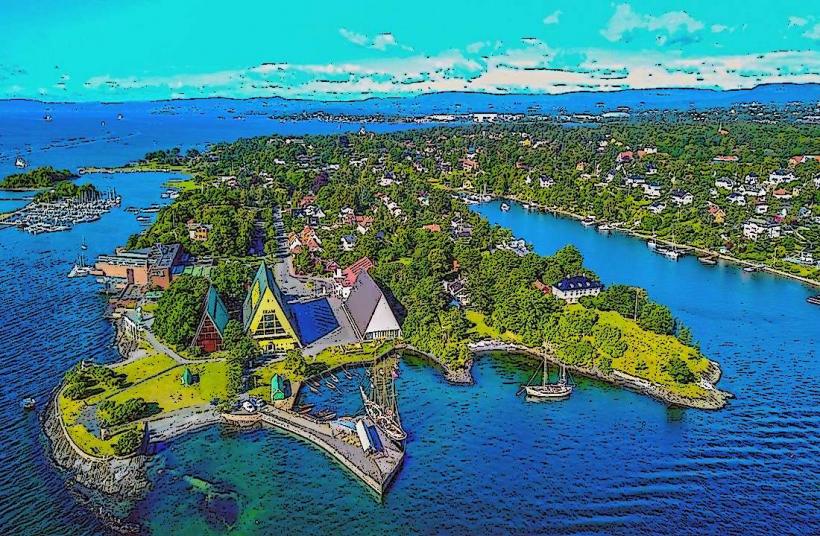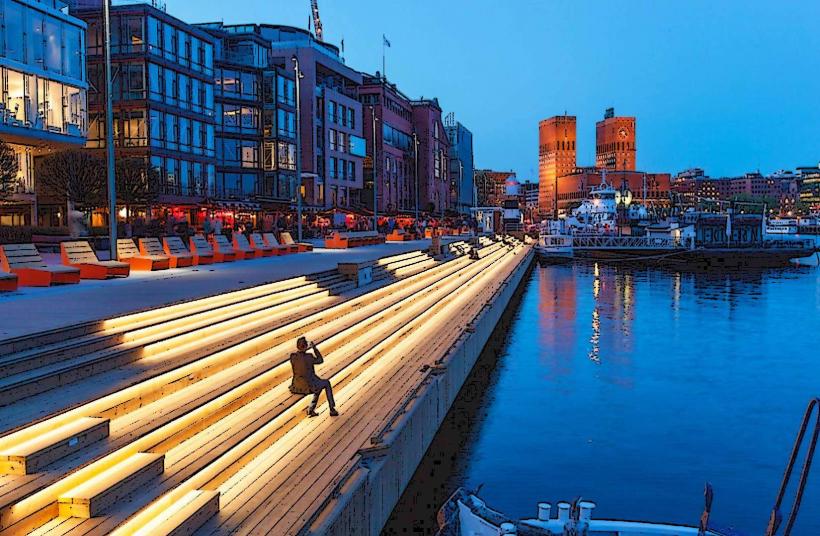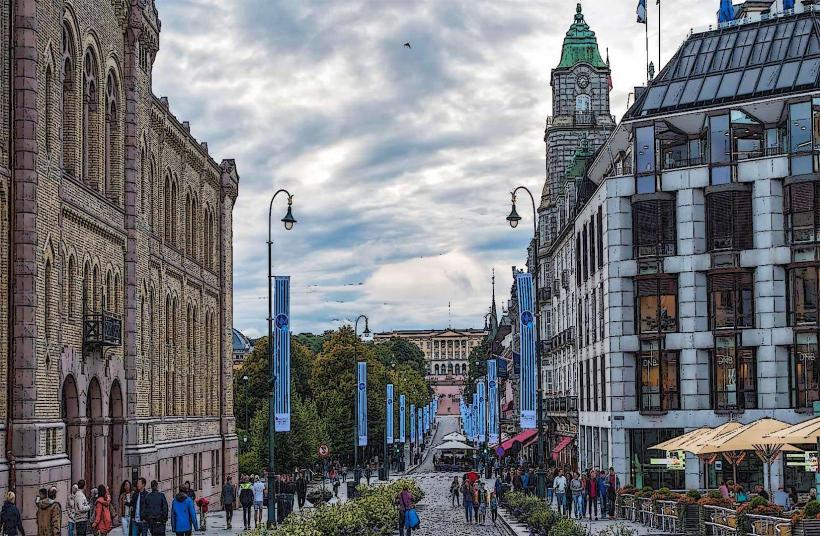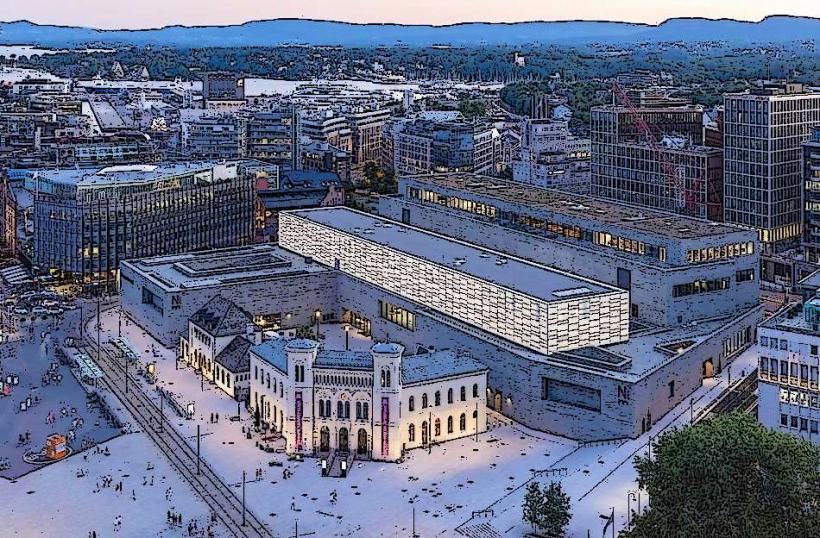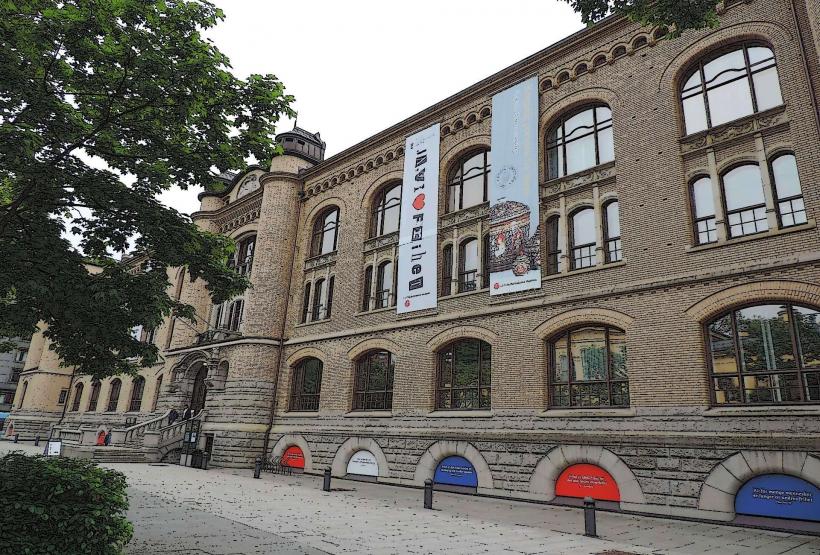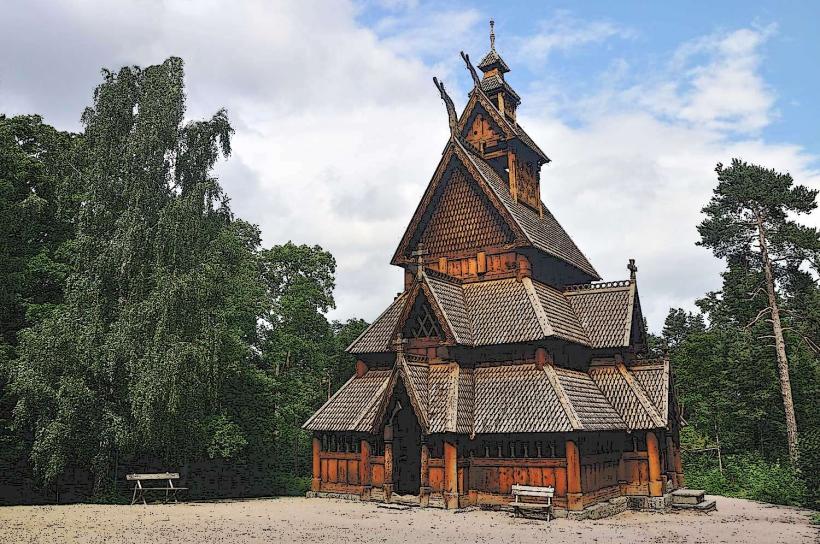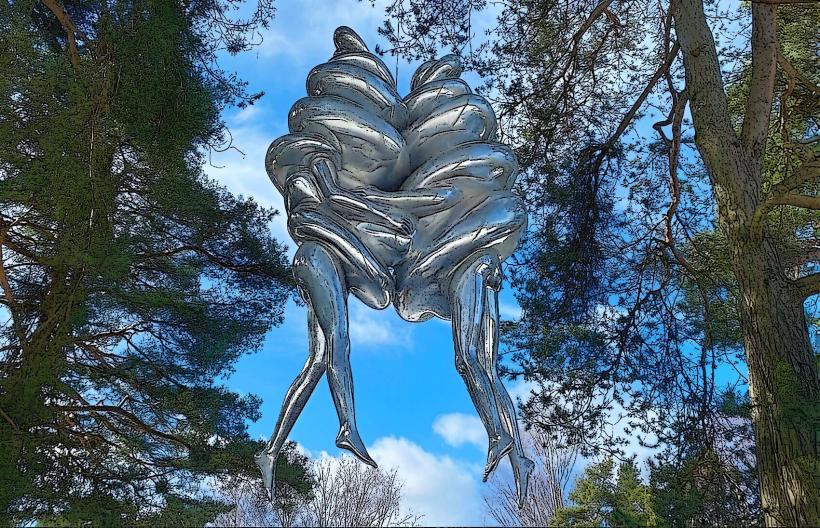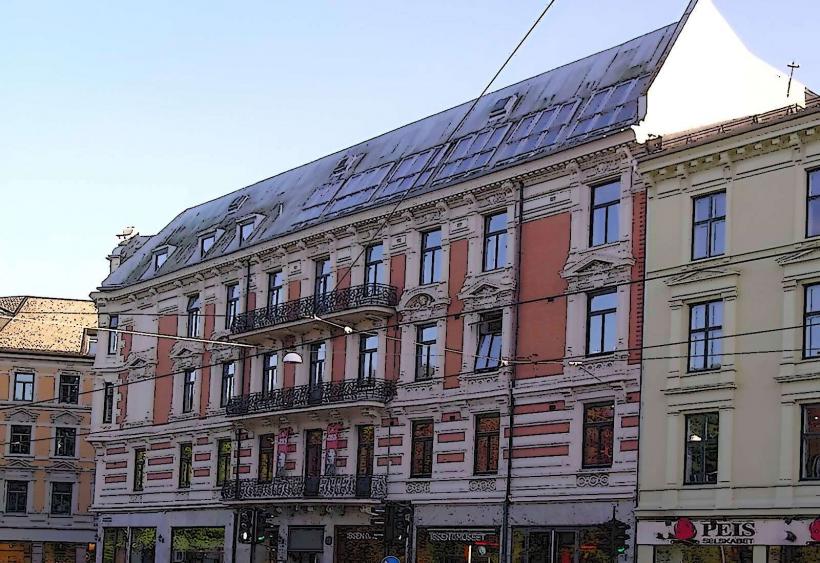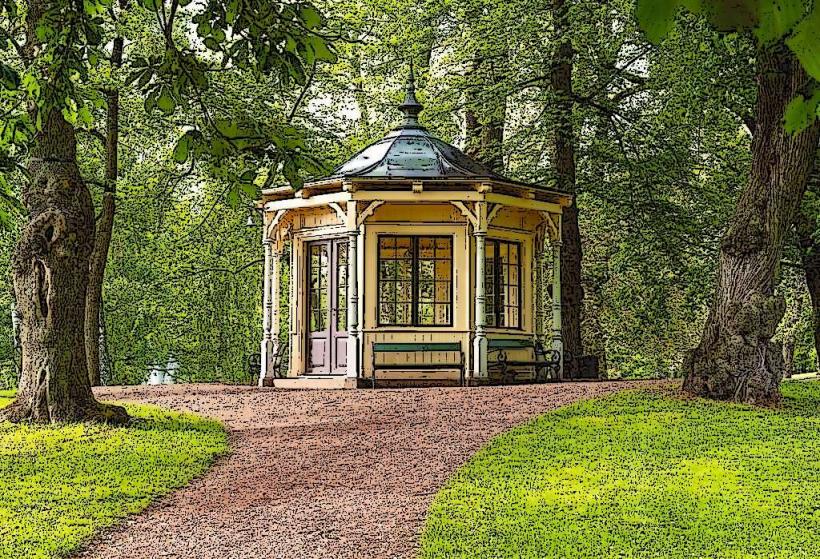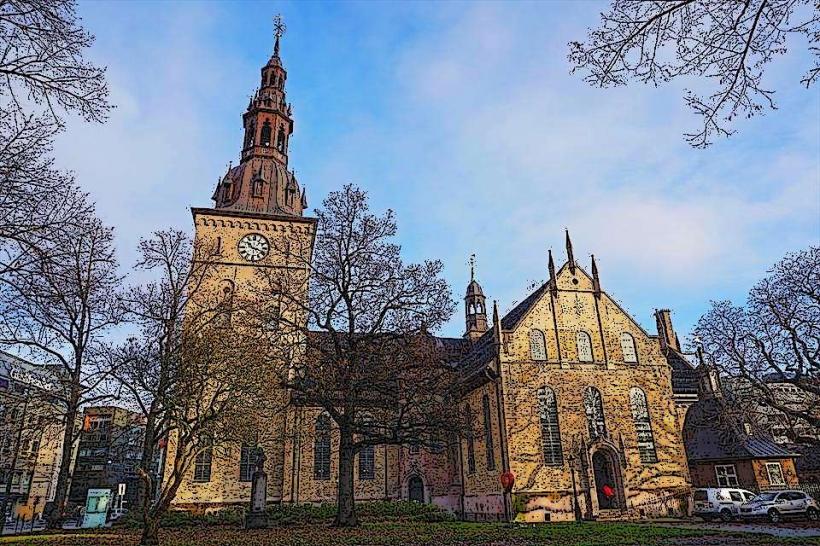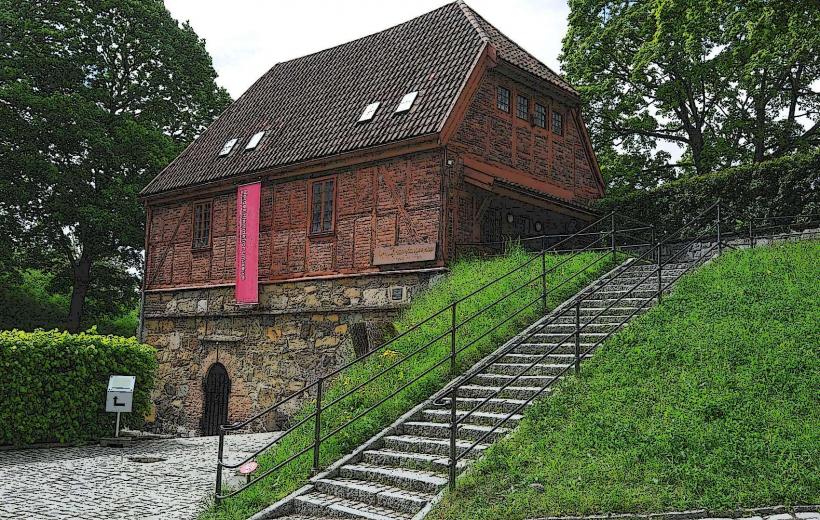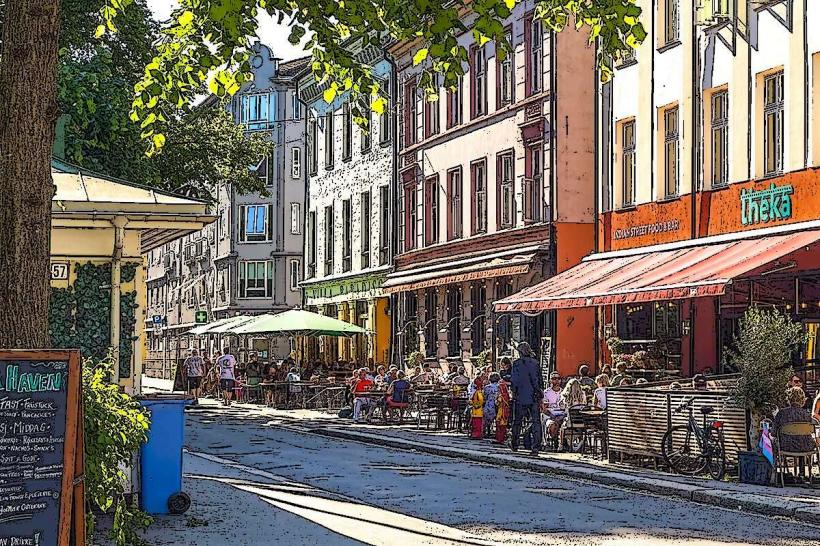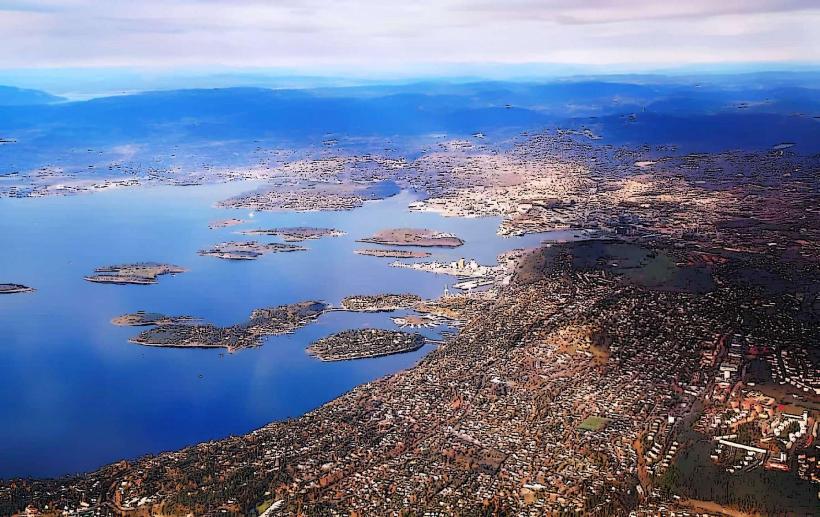Information
City: OsloCountry: Norway
Continent: Europe
Oslo, the capital of Norway, is a vibrant city that blends stunning natural landscapes with modern urban culture. Located at the head of the Oslofjord and surrounded by lush forests and rolling hills, Oslo is a city that celebrates its history, art, and green living. Here's a detailed look at Oslo:
Geography and Setting
- Location: Oslo is in southeastern Norway, situated at the northernmost end of the Oslofjord, a 120-kilometer-long (75-mile) inlet that connects the city to the Skagerrak Strait.
- Natural Features:
- Oslofjord: The fjord’s islands and waterways offer countless recreational opportunities.
- Nordmarka Forest: A vast green space surrounding the city, ideal for hiking, skiing, and outdoor activities.
- Cityscape: A mix of contemporary architecture, waterfront developments, and historic districts.
Historical Significance
- Founding: Oslo was founded in 1040 and officially established as a city in 1048 by King Harald Hardrada. It served as a regional hub during the Middle Ages.
- Union with Denmark: For centuries, Oslo played a secondary role to Copenhagen during the Denmark-Norway union (1397–1814).
- Modern Development: After Norway’s independence in 1905, Oslo (then Christiania) became the national capital and experienced significant growth and modernization.
Key Attractions
The Royal Palace (Det Kongelige Slott):
- Built in the early 19th century, the palace is the official residence of the Norwegian monarch.
- Visitors can enjoy guided tours during the summer and stroll through the surrounding Palace Park.
Vigeland Sculpture Park:
- Part of Frogner Park, it features over 200 sculptures by Gustav Vigeland, depicting the human experience in various forms and emotions.
- It’s the largest sculpture park in the world by a single artist.
Oslo Opera House:
- A modern architectural marvel located on the waterfront.
- Visitors can walk on its sloping roof for panoramic views of the city and fjord.
The Viking Ship Museum:
- Houses remarkably preserved Viking ships and artifacts, providing insight into Norway’s seafaring heritage.
- Located on the Bygdøy Peninsula, home to several other museums.
Akershus Fortress:
- A medieval castle and fortress that dates back to the 13th century.
- Overlooking the Oslofjord, it offers a mix of history, architecture, and stunning views.
MUNCH Museum:
- Dedicated to Edvard Munch, the iconic Norwegian artist known for The Scream.
- The new waterfront location showcases Munch’s life and works in a striking architectural space.
The National Museum:
- Norway’s largest museum, featuring an extensive collection of art, design, and architecture.
- Home to The Scream and other masterpieces by Norwegian and international artists.
Culture and Lifestyle
- Art and Music: Oslo has a thriving cultural scene, with numerous galleries, live music venues, and festivals. The city hosts the Oslo Jazz Festival, Øya Festival, and Holmenkollen Ski Festival.
- Cuisine:
- Seafood: Fresh fish, shrimp, and salmon are staples, with many restaurants specializing in modern Nordic cuisine.
- Local Specialties: Try traditional dishes like rakfisk (fermented fish) and klippfisk (dried and salted cod).
- Coffee Culture: Oslo is known for its high-quality coffee roasters and cozy cafes.
- Nightlife: From elegant cocktail bars to lively clubs, Oslo offers diverse nightlife options. The Grünerløkka district is particularly popular for its trendy spots.
Outdoor Activities
- Hiking and Skiing: The forests and hills around Oslo provide excellent trails and ski tracks, including the famous Holmenkollen Ski Jump.
- Island Hopping: Explore the islands of the Oslofjord, such as Hovedøya and Gressholmen, for beaches, picnics, and nature walks.
- Cycling and Kayaking: The city’s bike-friendly infrastructure and access to waterways make it ideal for eco-friendly exploration.
Sustainability
- Green City: Oslo is a leader in environmental initiatives, named the European Green Capital in 2019.
- Electric Transportation: The city promotes electric vehicles, cycling, and public transit, aiming to reduce carbon emissions.
- Urban Planning: Developments like the Barcode Project and Fjord City demonstrate Oslo’s commitment to sustainable urban growth.
Transportation
- By Air: Oslo Airport (Gardermoen) is Norway’s primary international gateway, located about 50 km (31 miles) from the city center.
- By Train: Oslo is well-connected by rail, including high-speed trains to cities like Bergen and Stockholm.
- Public Transit: The metro, buses, ferries, and trams make getting around the city easy and efficient.
- Walking and Cycling: Oslo’s compact layout and dedicated bike lanes encourage eco-friendly exploration.
Atmosphere
- Dynamic and Tranquil: Oslo offers a unique combination of urban energy and natural serenity. It’s a city where you can enjoy world-class cultural attractions and escape into untouched wilderness within minutes.
- Welcoming and Innovative: Known for its friendly locals, Oslo is also a hub for innovation in technology, art, and environmental sustainability.
Oslo is a city of contrasts: steeped in Viking and medieval history yet boldly modern in its architecture and sustainability goals. Whether you're exploring its museums, hiking its surrounding forests, or simply enjoying the views of the fjord, Oslo promises an unforgettable experience.

